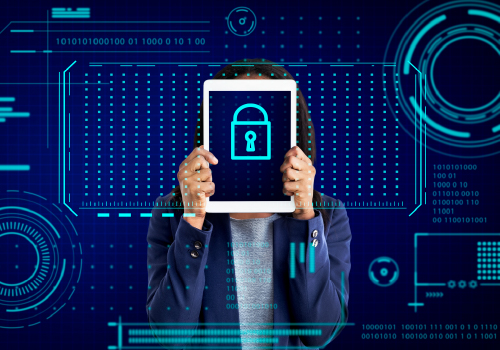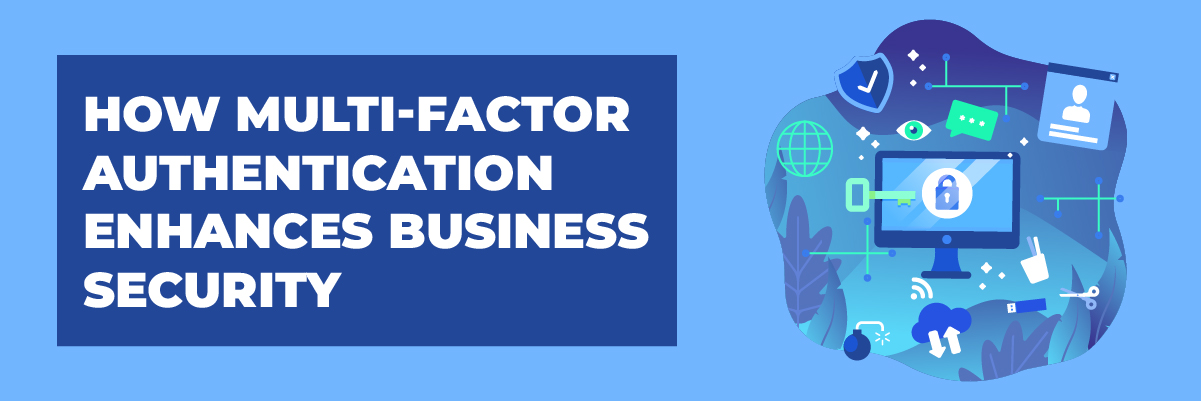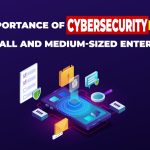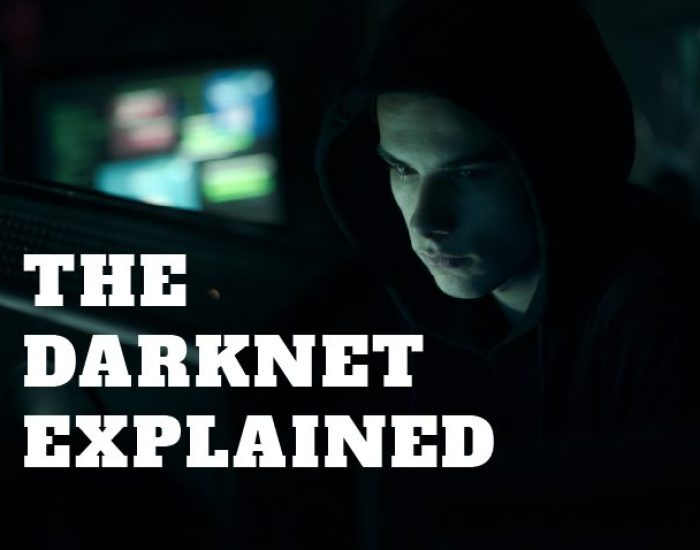STOP 99.9% of Cyber Threats with MFA
In an age where cyberattacks are common and cyber threats are evolving, businesses must take proactive measures to safeguard their sensitive information. Multi-Factor Authentication (MFA) stands out as a robust security measure that significantly enhances business security. By requiring multiple forms of verification before granting access, MFA ensures that unauthorized users are kept at bay. This comprehensive guide explores how MFA can bolster your business security, ensuring that your data remains protected.
What is Multi-Factor Authentication?
Multi-Factor Authentication (MFA) is a risk mitigation or security system that requires more than one method of authentication to verify the user’s identity. These methods can include something the user knows (password), something the user has (security token), and something the user is (biometric verification).
Benefits of Multi-Factor Authentication
Implementing MFA for small business brings numerous benefits to businesses, making it a crucial component of modern security protocols. Here are some key advantages:
- Enhanced Security Layers- By combining multiple authentication factors, MFA provides an extra layer of security beyond just passwords. This makes it significantly harder for cybercriminals to gain unauthorized access bypassing identity and access management.
- Reduced Risk of Data Breaches- Even if one authentication factor is compromised, the attacker would still need to bypass additional layers, substantially reducing the risk of data breaches.
- Compliance with Regulatory Standards- Many industries have strict regulatory requirements for data protection. Implementing MFA helps businesses comply with these standards, avoiding potential fines and penalties.
- Improved User Trust and Confidence- When customers and partners see that a business takes security seriously by implementing MFA, their trust and confidence in the business increase.
- Prevention of Identity Theft- MFA makes it extremely challenging for hackers to impersonate users, thus preventing identity theft and protecting personal and business data.
How Multi-Factor Authentication Works
Understanding the mechanics of secure login with MFA is essential to appreciating its effectiveness. Here’s a breakdown of how it typically works:
Step 1: User Enrollment
Users are required to register their devices and select their preferred authentication methods, such as entering a password, using a fingerprint, or receiving a code via SMS.
Step 2: Login Attempt
When a user attempts to log in, they must provide their username and password (the first factor).
Step 3: Second Factor Verification
After entering the correct password, the system prompts the user to complete a second authentication step, such as entering a code received on their phone or scanning a fingerprint.
Step 4: Access Granted
Only after successfully completing both authentication steps is the user granted access to the system or application.
Types of Multi-Factor Authentication
MFA can be implemented using various strong authentication methods, each providing different levels of security and user convenience with identity and access management. Here are some common types:
- SMS-Based Authentication- Users receive a one-time code on their mobile phone, which they must enter after their password.
- Email-Based Authentication- A one-time code is sent to the user’s registered email address for additional verification.
- Mobile App Authentication- Apps like Google Authenticator generate time-sensitive codes that users enter alongside their password.
- Biometric Authentication- This method uses physical characteristics, such as fingerprints or facial recognition, to verify the user’s identity.
- Hardware Tokens- Users carry a physical device that generates one-time codes for authentication.
Implementing Multi-Factor Authentication in Your Business
Successfully implementing MFA in your business involves several steps. Here’s a guide to get you started:
- Assess Your Security Needs- Evaluate the sensitivity of the data you need to protect and the potential threats to your business.
- Choose the Right MFA Solution- Select an MFA solution that aligns with your security needs and is user-friendly for your employees.
- Develop a Rollout Plan –Plan a phased rollout to ensure a smooth transition and to address any potential issues promptly.
- Train Your Employees –Educate your employees on the importance of MFA and how to use the new authentication methods effectively to secure against cyberattacks.
- Monitor and Adjust- Continuously monitor the MFA system’s performance and make necessary risk mitigation adjustments to address new security challenges.
 Common Challenges and How to Overcome Them
Common Challenges and How to Overcome Them
While MFA significantly enhances security, implementing it can come with challenges. Here’s how to overcome some common issues:
User Resistance
Employees might resist changes to their login procedures. Address this by providing thorough training and emphasizing the benefits of enhanced security.
Technical Issues
Technical difficulties can arise during implementation. Work closely with your IT team and MFA provider to troubleshoot and resolve issues quickly.
Cost Concerns
Implementing MFA can be costly. However, consider it an investment in protecting your business from potentially far more expensive data breaches.
Future of Multi-Factor Authentication
As cyber threats continue to evolve, so too will MFA technologies. The future of MFA includes advancements such as:
Adaptive Authentication
Using machine learning to assess the risk level of each login attempt and adjusting the required authentication factors accordingly.
Passwordless Authentication
Eliminating the need for passwords entirely by relying on biometrics and other secure methods.
Continuous Authentication
Monitoring user behavior and other metrics to ensure continuous verification throughout a session.
Why businesses need multi-factor authentication
Conclusion
Multi-Factor Authentication is a powerful risk mitigation tool that enhances business security by adding multiple layers of protection against unauthorized access. By understanding and implementing MFA, businesses can significantly reduce the risk of cyberattacks, and data breaches, comply with regulatory standards, and build trust with their customers. As cyber threats continue to grow, adopting robust security measures like MFA will be essential in safeguarding sensitive information and ensuring the long-term success of your business.
Protected Harbor, one of the premier Managed Service Providers (MSPs) and cybersecurity providers in the US, has always emphasized the importance of Multi-Factor Authentication. Recognizing its critical role in protecting sensitive data and ensuring business continuity, we have implemented MFA across all our clients and platforms. This commitment to robust security measures underscores our dedication to providing comprehensive cybersecurity solutions that meet the highest standards of protection.
Secure your business with Protected Harbor’s expert cybersecurity services. Discover how our multi-factor authentication solutions can protect your data and enhance your business security. Contact us today to learn more and take the first step towards a more secure future.






